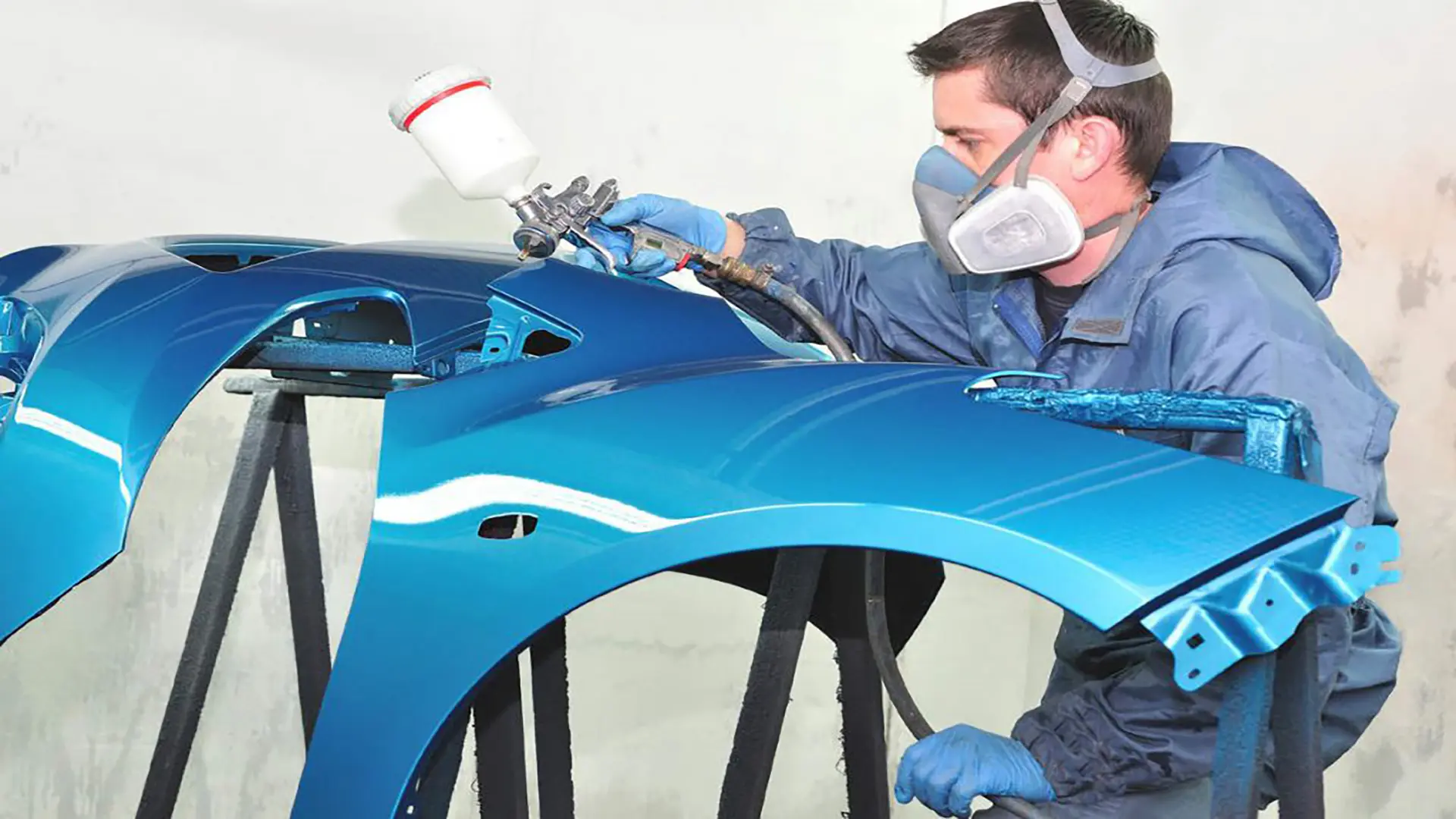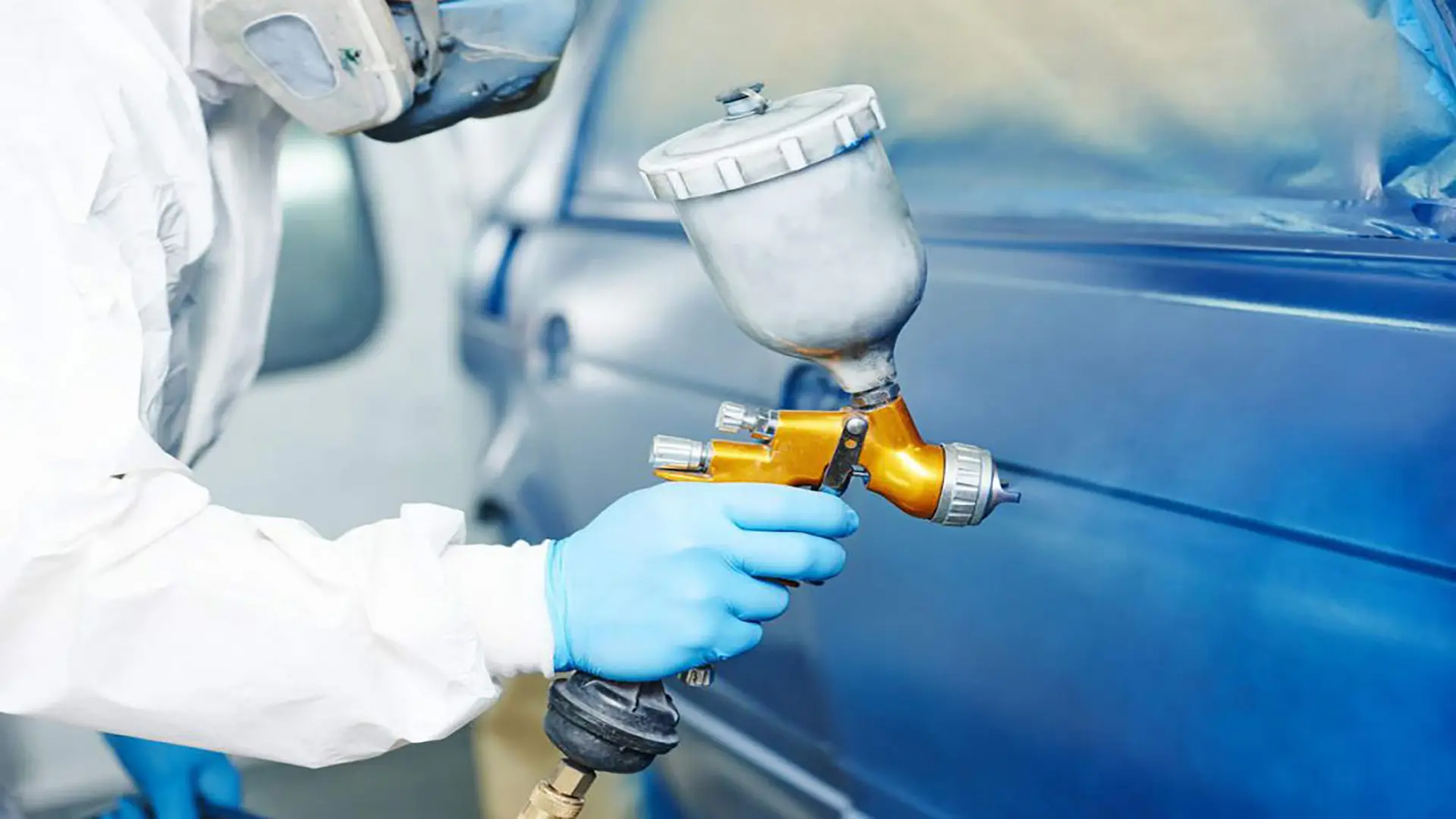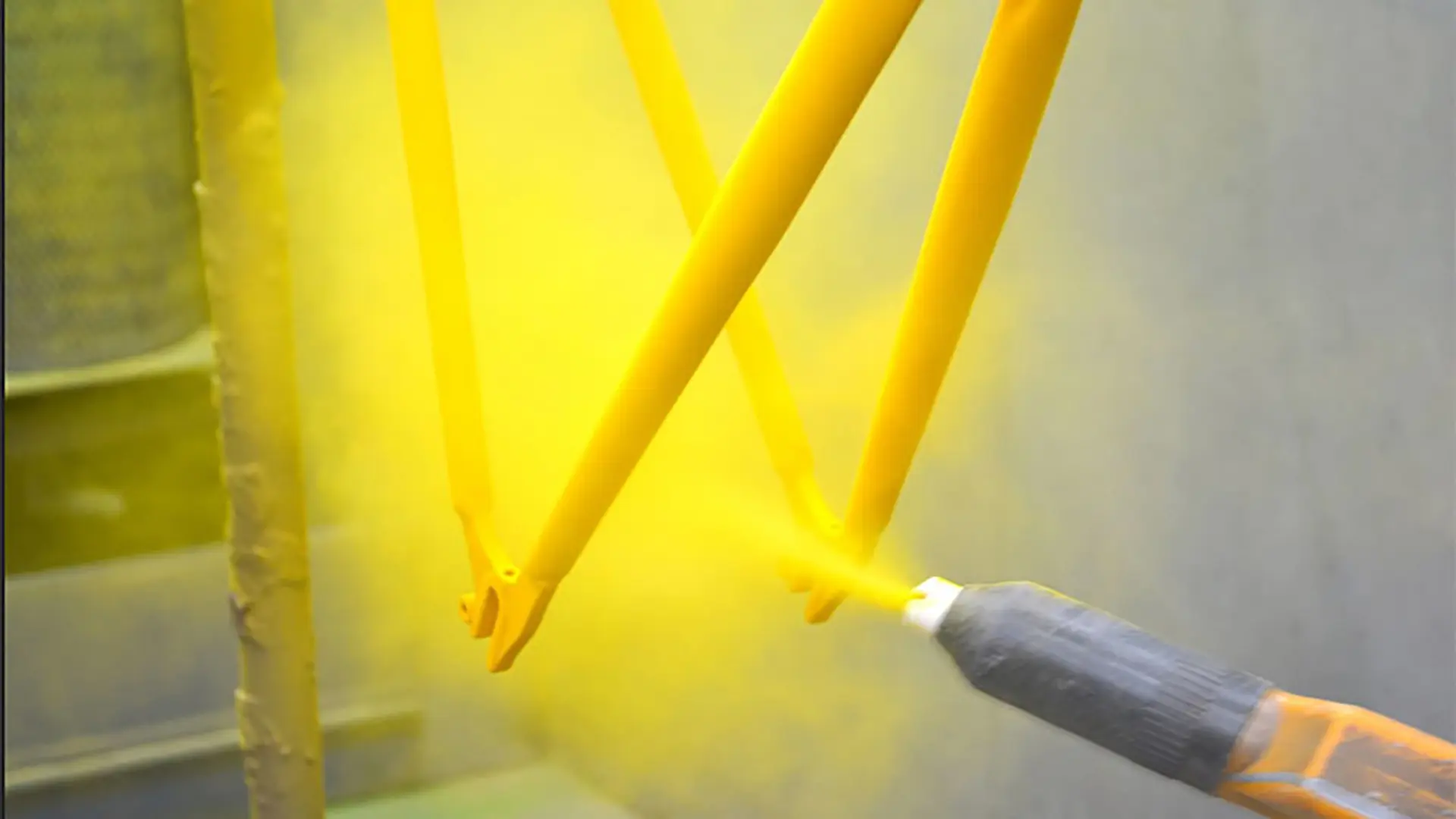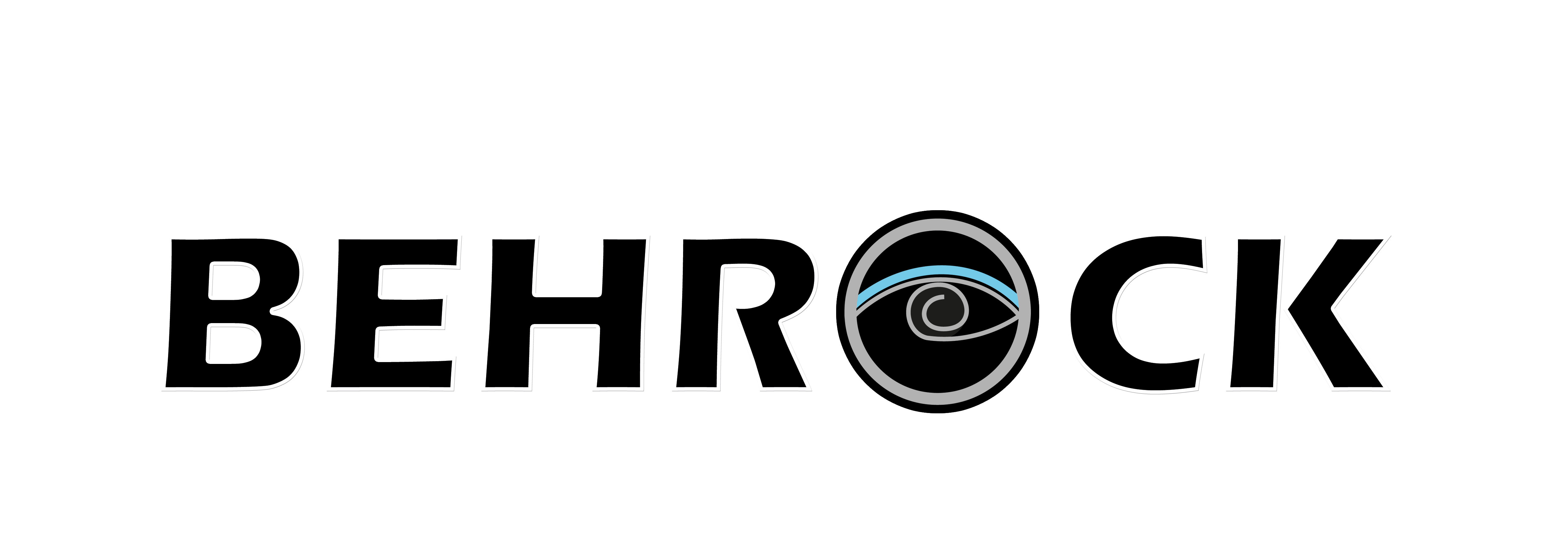
Generally, powder coatings are categorized into two main types: liquid and powder. These coatings are often applied in a single stage (single-layer) and have diverse industrial applications, including the automotive industry, home appliance production (e.g., washing machines), cabinetry, metal furniture, office equipment, and various metal parts.
One of the most important advantages of these coatings is their high resistance to environmental factors like cleaning agents and weather conditions. Powder coating utilizes electrostatic attraction between positively and negatively charged particles, enabling the paint to adhere firmly to the surface for excellent durability.
Liquid powder coating
In this method, liquid paint is sprayed onto the surface using a compressor or spray gun, then placed in an oven to cure and set the paint. Each type of base coat (alkyd, acrylic, epoxy, etc.) requires a specific temperature and time for curing, typically between 115 and 140 degrees Celsius for 11 to 17 minutes. Precise adherence to the manufacturer's recommended temperature and time is crucial for optimal results. Generally, lighter colors require lower temperatures and longer times, while darker colors perform better at higher temperatures and shorter times. In situations where an oven isn't available, air-drying epoxy can be used. This liquid powder coating is created from a two-part mixture (base and hardener).


Powder Coating
This type of coating is applied as a dry powder, using electrostatic equipment to deposit it onto the surface. Then, the part is heated to between 185 and 230 degrees Celsius for 10 to 18 minutes to cure the powder into a smooth, durable, and solid coat. To prevent color change in light colors (like yellowing), a lower temperature and longer curing time are used. Darker colors, conversely, require higher temperatures and shorter times. Proper execution of this process requires experience and precision.
Applications and Advantages of Powder Coatings
Applications of Powder Coatings: Home Appliances: Refrigerators, washing machines, stoves, etc. Furniture and Metal Fixtures: Tables, chairs, desks, and other metal-based furniture. Automotive Industry: Car bodies and parts. Industrial Components: Various metal parts and components. Wooden Furniture (Decorations): Desks, stands, and other wooden decorative pieces. Advantages of Powder Coatings: High-Quality Finish: Creates a smooth, glossy, and flawless surface. High Durability and Resistance: Excellent resistance to impact, abrasion, chemicals, and UV radiation. Environmental Friendliness: Minimal waste; typically, a high percentage (up to 98%) of the applied powder can be recycled. Minimizes harmful emissions compared to some other painting methods. Reduced Material Waste: The recycling aspect also represents a significant material cost savings, making it economical. Wide Range of Colors: Provides a vast palette of options for customization. Faster Curing and Easier Clean-up: Reduces downtime and the need for extensive clean-up compared to liquid paints. Often drying faster, too. Superior Protection: Increased durability translates to superior protection for products against environmental factors over their lifetime.

In total
Powder coatings are a smart choice for coating metal and certain wooden components, especially in industrial painting shops where quality, durability, and aesthetics are paramount.
